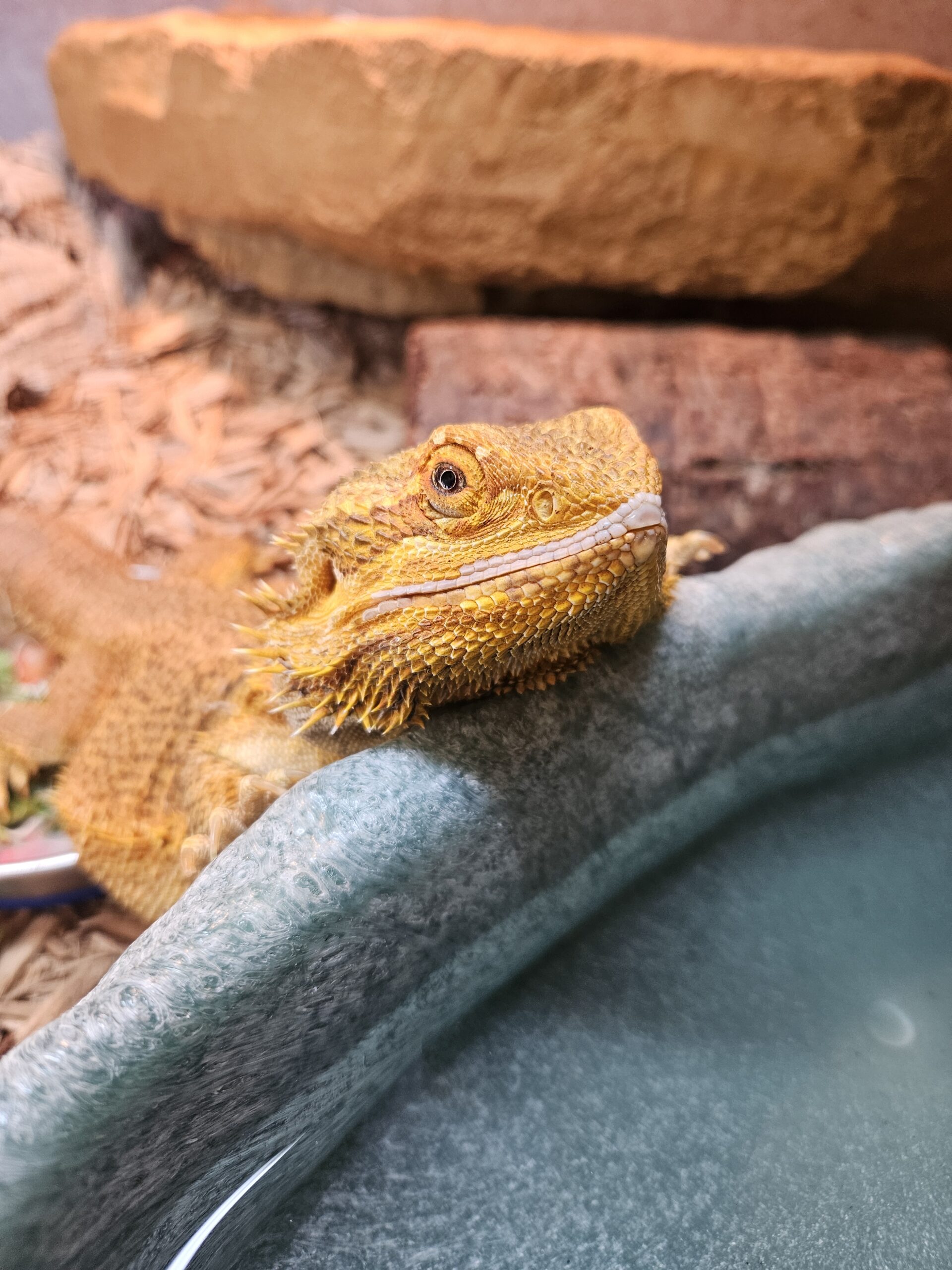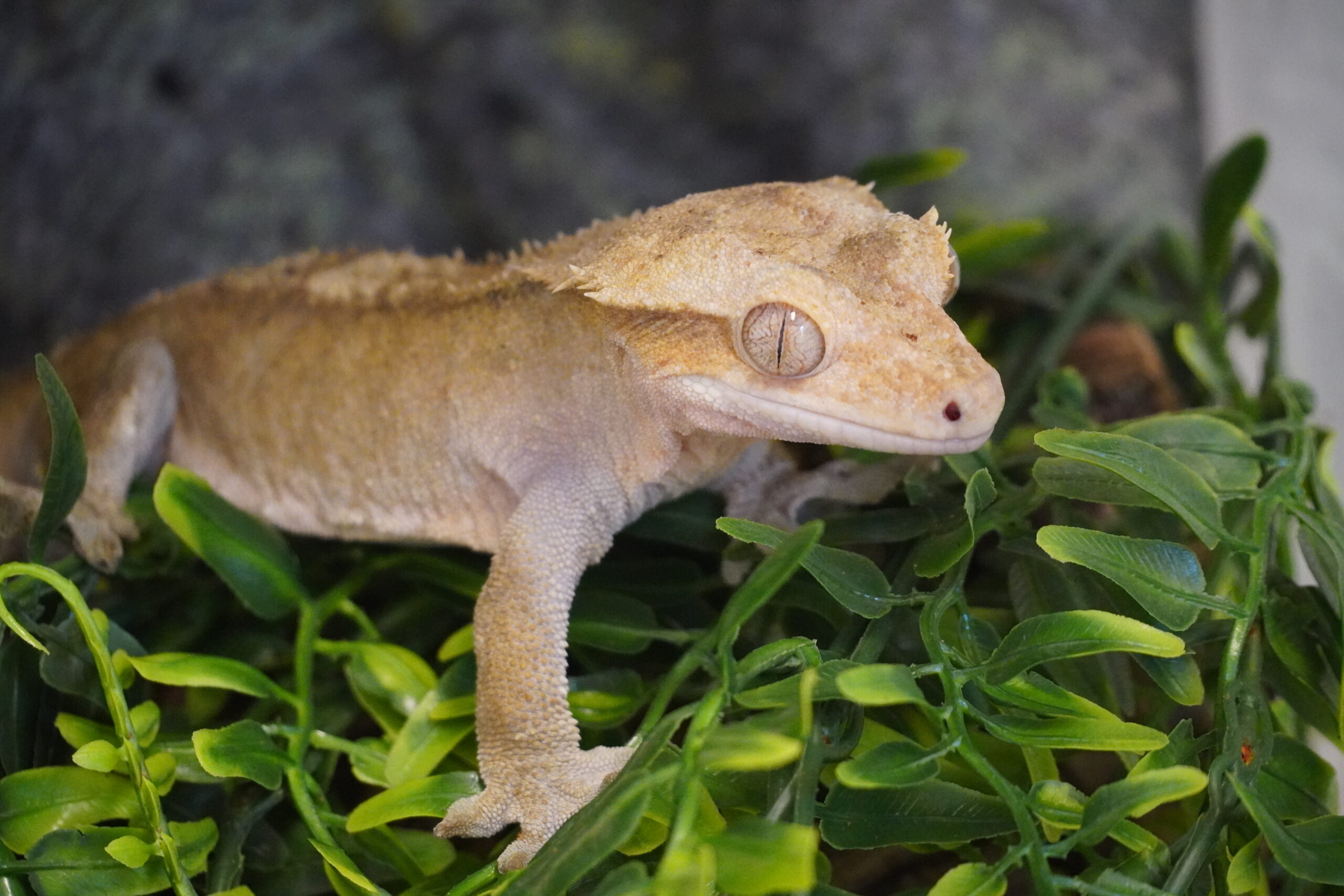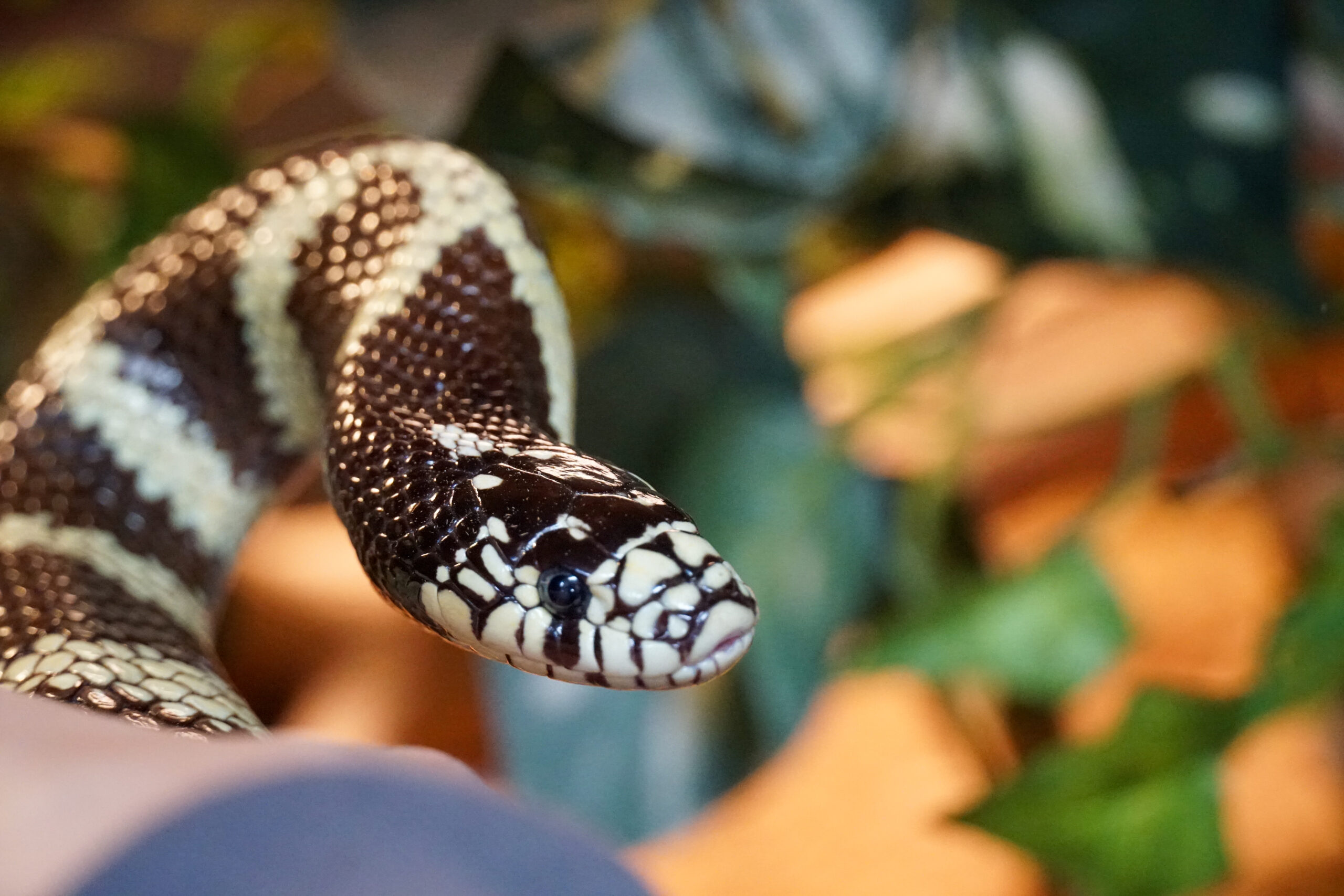
Bearded Dragon
The most common species of animal sold in the pet industry is the inland bearded dragon. They are affectionately called “Beardies.” A bearded dragon can regulate its body temperature by changing the shades of the color of its skin from light to dark and vice versa. Unlike other lizards, bearded dragons are not able to detach their tails when they need to escape from predators. If they lose their tails, they will not be able to repair the damage and will be tailless for the rest of their lives.
Prehensile-Tail Skink
A Prehensile-tailed Skink (aka: Solomon Island Skink, Monkey-tailed Skink), is the largest known arboreal skink. The skink is one of a few species of reptiles to live in a social group, or circulus. The prehensile-tailed skink is not endangered, although the Solomon Islands government has regulated trade to avoid over-collection for the pet industry.


Geckos
Geckos are reptiles and are found on all the continents except Antarctica. There are many species of geckos. Most geckos cannot blink, but they often lick their eyes to keep them clean and moist.
The Folsom City Zoo Sanctuary is home to Princess Buttercup, the Leopard Gecko, and Gordon, the Crested Gecko.
California Desert Tortoise
The desert tortoise is one of the most elusive inhabitants of the desert, spending up to 95% of its life underground. The desert tortoise lives in a variety of habitats. California’s state reptile is the desert tortoise. Once common throughout the Mojave and Sonoran desert of California, Nevada, and Arizona, desert tortoise populations have declined by an estimated 90 percent in the last 20 years. As the human population in these areas increases, the tortoise population has decreased.


Snakes
The Zoo Sanctuary house three different snake species- a California King Snake, a Corn Snake, and a Coastal Rosy Boa. Snakes are cold-blooded, which means they derive their body temperature chiefly from their surroundings. When their temperature is below our body temperature, they feel cold to us. Most snakes control their temperature by moving from sunlight to shade.
Gila Monster
The Gila monster a venomous lizard. They can bite quickly and hold on tenaciously. Rather than injecting venom through hollow fangs like venomous snakes, Gila's have enlarged, grooved teeth in their lower jaw. When they bite, their powerful jaws chew the venom in through capillary action along the grooves in these teeth. Gila monster venom is about as toxic as that of a western diamondback rattlesnake.

